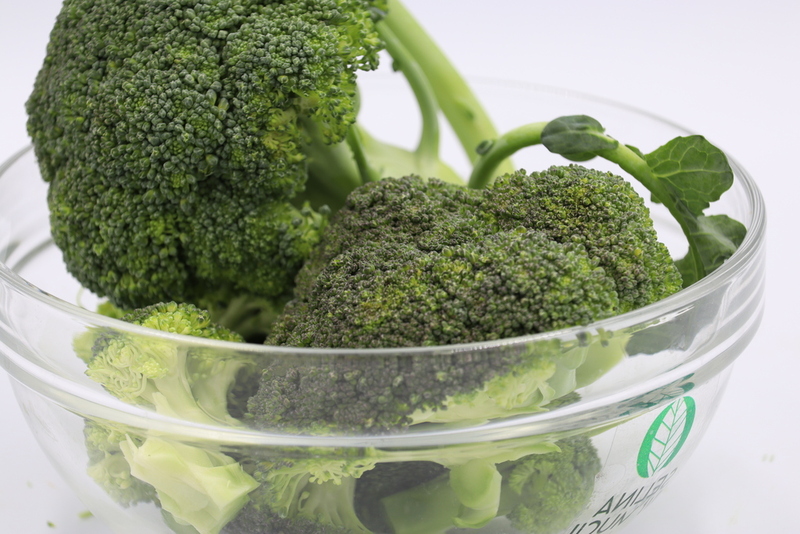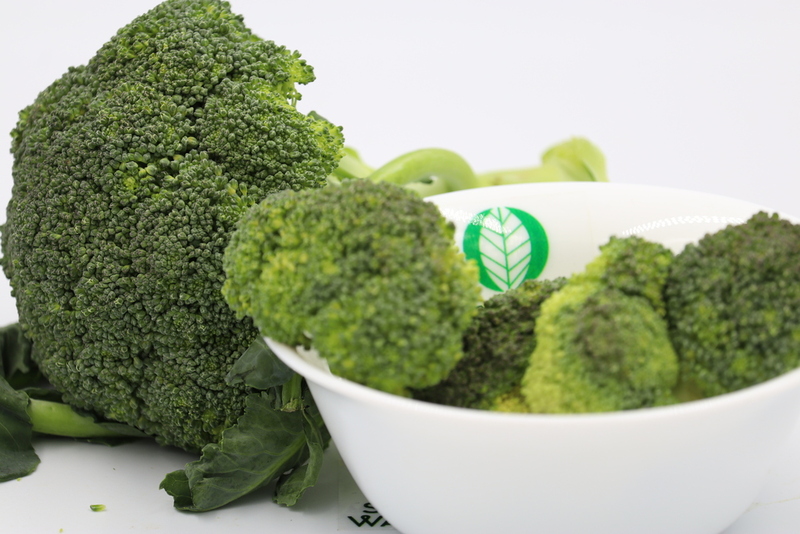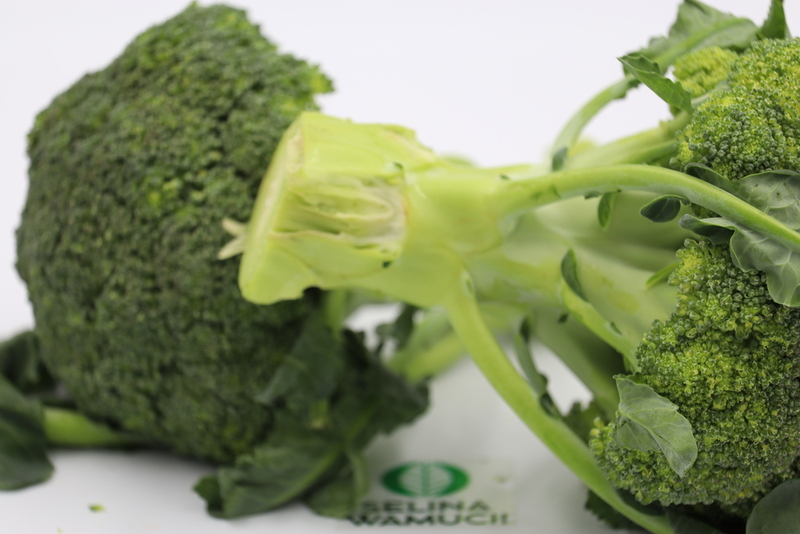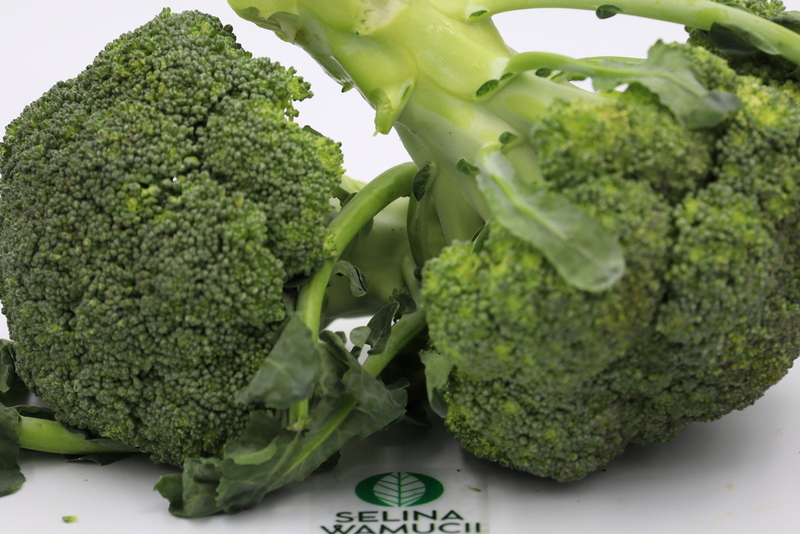Buy Ethiopia Broccoli Directly From Exporters & Suppliers - Best of 2024 Market Prices
Get Instant QuoteEthiopia broccoli or birokoli in Amharic is one of the important vegetable exports from the country. It is marketed in fresh or chilled form.
Overview
Ethiopia broccoli (Brassica Oleracea var italica) is among the most nutritious of all Ethiopian vegetables or Yataklete Kilkil. Its main characteristic is a solid head that is a curd made of tiny florets. It closely resembles cauliflower but tastes differently. The state exported 241.45 million worth of fresh or chilled vegetables, including broccoli. The biggest export market for the product is across the border in Djibouti. The other destination is the United Arab Emirates which imports an average 5970 tons of the produce per month. Saudi Arabia and the UK provide the most significant markets outside the first two countries.
Like its botanical name ‘italica’ suggests, the origin of broccoli was the Mediterranean, especially Italy. It came to the Horn of Africa at unknown dates. Ethiopians use it for both cash generation and home consumption. It makes a famous broccoli salad known as Berbere chicken wat, a curry that contains spices. Worldwide, broccoli casserole, which is a cheese dish, and roasted broccoli are favorite culinary pastimes.
How healthy is Broccoli?
Broccoli has many health benefits due to its high vitamin C content of 148%. It has little fat content which makes it a natural remedy for fighting bad cholesterol. It is also lush with vitamin A, which aids in vision.
Fresh or Chilled Exports
The export form of Ethiopia broccoli is either fresh or frozen. The frozen option maintains the same nutrients as the raw form but extends the shelf life. The third form is that of canned vegetables, but only a few companies explore the option.
Varieties
There are several varieties of broccoli, but the most common in Ethiopia is Calabrese. This is the sizeable green-leafed variety that dwarfs the purple cultivars. It reaches 30 inches high. It has a wide head diameter of 8 inches width. Other common types include:
- Sun King, a hybrid variety.
- Belstar, also known as organic broccoli.
- Green Magic, a hybrid kind.
Seasonality & Growth Requirements
Ethiopia broccoli is usually available one time a year. The growing season starts in February. The plant does well in a relatively warm climate. It requires 18 to 24 degrees Celsius to thrive. It does well in the Jimma zone of Oromia in the south-west of the country. Nestled in the heart of the Rift Valley, the region is fertile and rainy. It helps meet the optimum rainwater that the plant requires of at least 50 mm per week.
Harvesting, Chilling & Packing
The picking of broccoli vegetable takes place after 108 days from the planting date. The timeline can extend to 131 days if one counts from the seed sowing moment. The harvesters go for well-formed curds. The indicators of maturity include 5 to 6 inches of curd diameter and the absence of flowers. The workers sever the cabbage-like heads at the stalk but retain six inches of the attached stem for handling.
If Ethiopia broccoli is meant for fresh export, then it just goes through careful drying to reduce water content. If it is for chilled shipment, then it requires freezing after blanching. The purpose of blanching or mild boiling in just one minute or so is to kill enzymes that induce rot. After the quick immersing in boiling water, the vegetable then moves into an icebox for immediate freezing. Chilled vegetables keep their color better over time than fresh exports.
The packing of Ethiopia broccoli differs depending on the form of export. Fresh curds come in airtight polyethylene bags. The bags then feature in waxed cartons to enhance fresh transit. Pre-cooling the packed produce at 1 degree Celsius ensures unspoiled delivery. Chilled broccoli ships in similar packages only that it is clad in ice bags. All the cargo features the packing date and the country of origin.
Storage & Transportation Recommendation
Broccoli stores well under the following parameters:
- 0 to 1 degrees Celsius for fresh heads.
- Below 0 degrees Celsius for the frozen alternatives.
It is essential to transfer the vegetables to the airport in Addis Ababa in designate vans. These usually have refrigeration equipment on board to extend the cold room conditions.
Summary
Ethiopia broccoli vegetables are available at least once per year. They grow under the watch of co-operatives who guide farmers to follow the Global Good Agricultural (GAP) requirements. The colorfulness of the vegetables which many people go for also extends to this produce of Ethiopia. There are white and purple varieties to supplement the famous Calabrese green. In short, this agricultural country offers a lot of choice for any importer.
Get Instant Quote
Are you a producer of Ethiopia Broccoli or other products?
Sign up today for FREE to buy or sell Ethiopia Broccoli.





